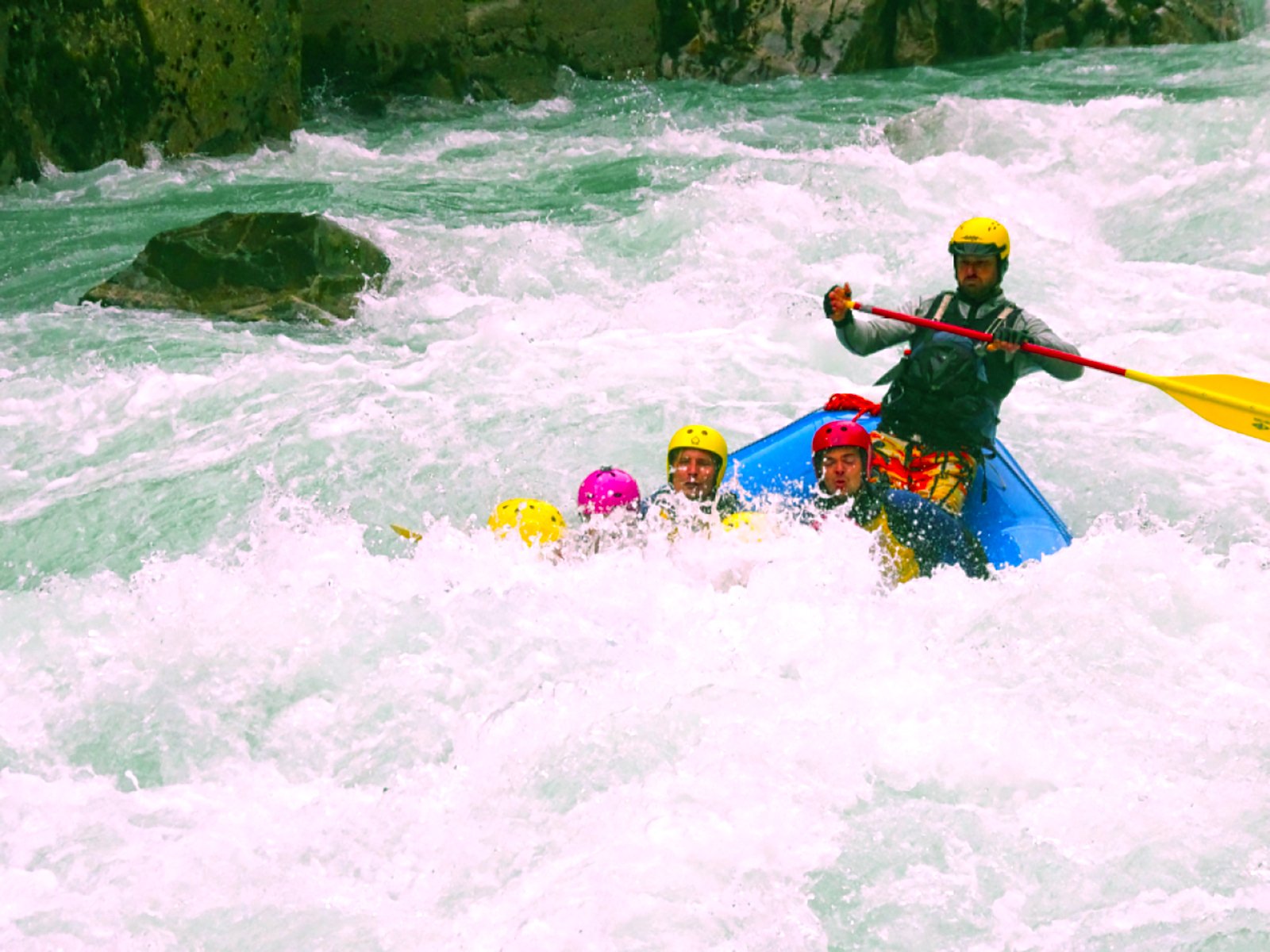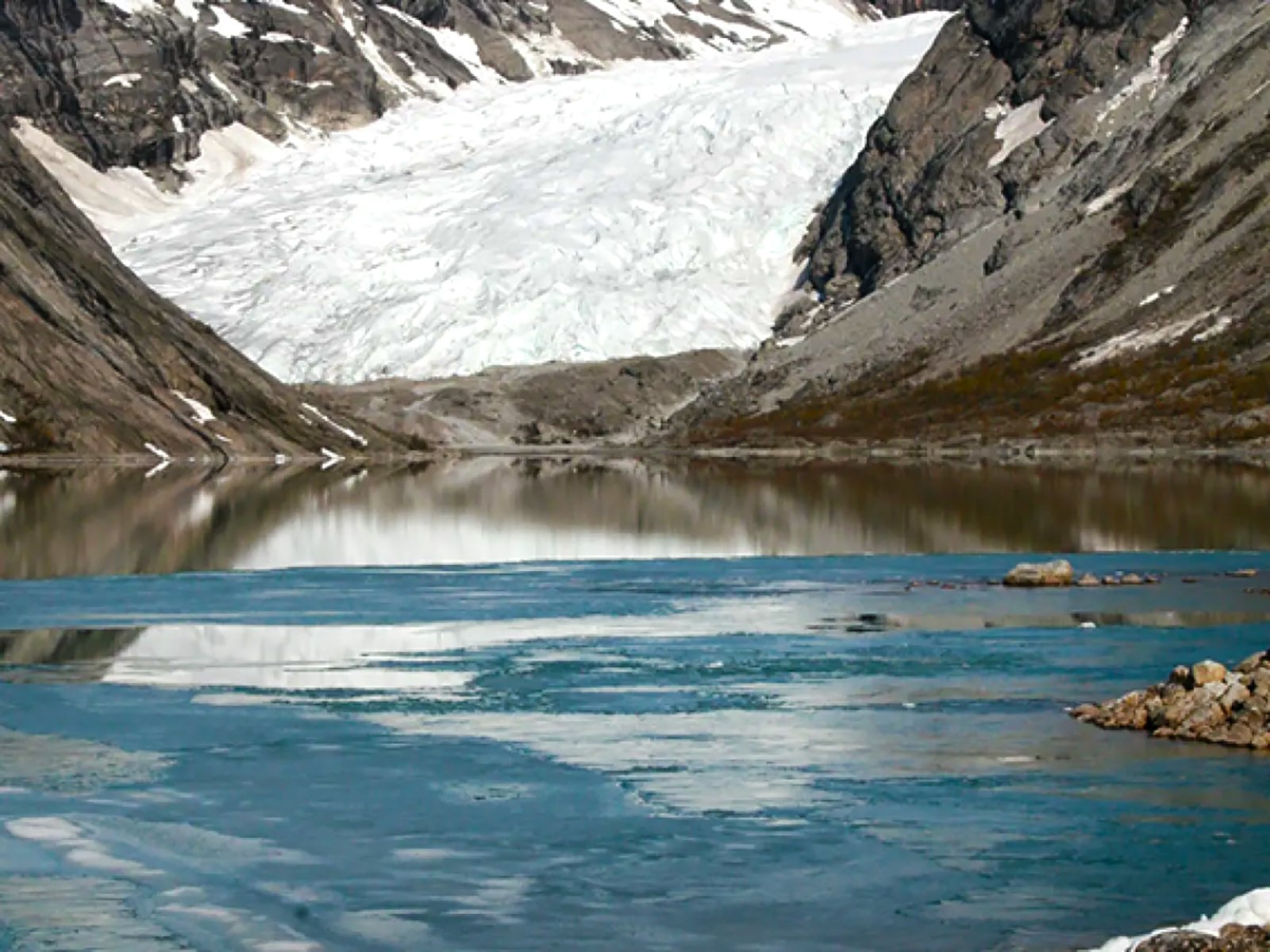ENVironmental sustainability
ICETROLL have a unique position to discuss nature and our impacts and uses of it’s power.
Both Tunsbergdalsvatnet and Styggevatnet lakes are part of Norway’s National Electricity Grid for Hydropower. During the tours, we encourage discussion on nature and energy resources; what better place to think about these than where the two meet? In addition we work and study hard to find ways to come to an Environmentally Sustainable state.







ICETROLL work hard to minimise our impacts, not only on the delicate local nature we explore but the global impacts we have purchasing a wide variety of equipment manufactured out of Norway. Constant study and keeping up to date with new methods and systems helps us try to achieve environmental sustainability.
As a tourism company, there is no way to claim neutral, let alone positive, environmental impacts. We can, though, hope our work provides folks who visit us from many parts of the World with greater information, experiences, connection and therefore awareness of nature/the great outdoors. This in turn may reinforce the message of a fragile, amazing environment we all share and need to affect less than we do.
As a company purchasing a wide range of equipment and vehicles, we try to take the path of a CIRCULAR ECONOMY: We have bought second-hand where possible (vehicles, cameras, kayaks, wetsuits, rafts….. guides…) focusing on good quality and durable gear. Unfortunately in Risk Sports there are some pieces of equipment you simply cannot trust to buy second-hand.
The equipment that we have purchased new we again focus on high quality & durability. We use, repair and use again.
ICETROLL have a team of skilled guides who are able to repair their equipment, a workshop for repair of rafts, wetsuits, crampons, vehicles, kayaks & motorboats. We take on anything from fibreglass, plastic welding, neoprene repair, Hypalon patching and when needed for larger jobs, local “Jostedal Industries” help with welding, galvanising etc.
Unfortunately companies are incentivised by government to replace their inventory regularly (depreciation within accounting). This is counter to our thinking of lessening impacts on the environment.
To put our investment into equipment and its repair into the hands of skilled people, we are greatly minimising environmental impacts. By repairing and re-using (with no noticeable differences to the user!) we can take one kayak as an example:
1. Eliminate/minimise extraction of oils used in production of the plastics used to create a kayak
2. Reduce manufacturing of a new 48kg plastic kayak (by repairing current one)
3. Reduce freight of said kayak from Central Europe to Norway
4. Eliminate impact from destruction of old kayak (48kg of plastic burnt in Norwegian “recycling” plant)
5. Provide skills and solution methods to our guides that they can then take into their future for similar work around the World.
ELECTRIC VANS have been of great benefit to us and seem tailor-made for ICETROLL. With an uphill drive to the lakes and a downhill return, recharging of the batteries while returning home mean a short charging time overnight (and here in Norway the electricity is mostly sourced from Hydro stations, like those we kayak on). Unfortunately they are not our only means of transport, as we are not yet able to purchase electric vehicles second-hand with tow-bars on these vehicles (for transport of boats, rafts, kayaks). So we have kept our older Toyotas to carry that workload, again, repairing and replacing parts rather than buying new vans (and discarding a perfectly good vehicle).
Sustainable Tourism…? Don’t be fooled by information that doesn’t take into account the whole, global, picture. As Mark Twain said “Lies, damned lies and statistics.”
Environmental Sustainability is a great goal to strive for, together.



